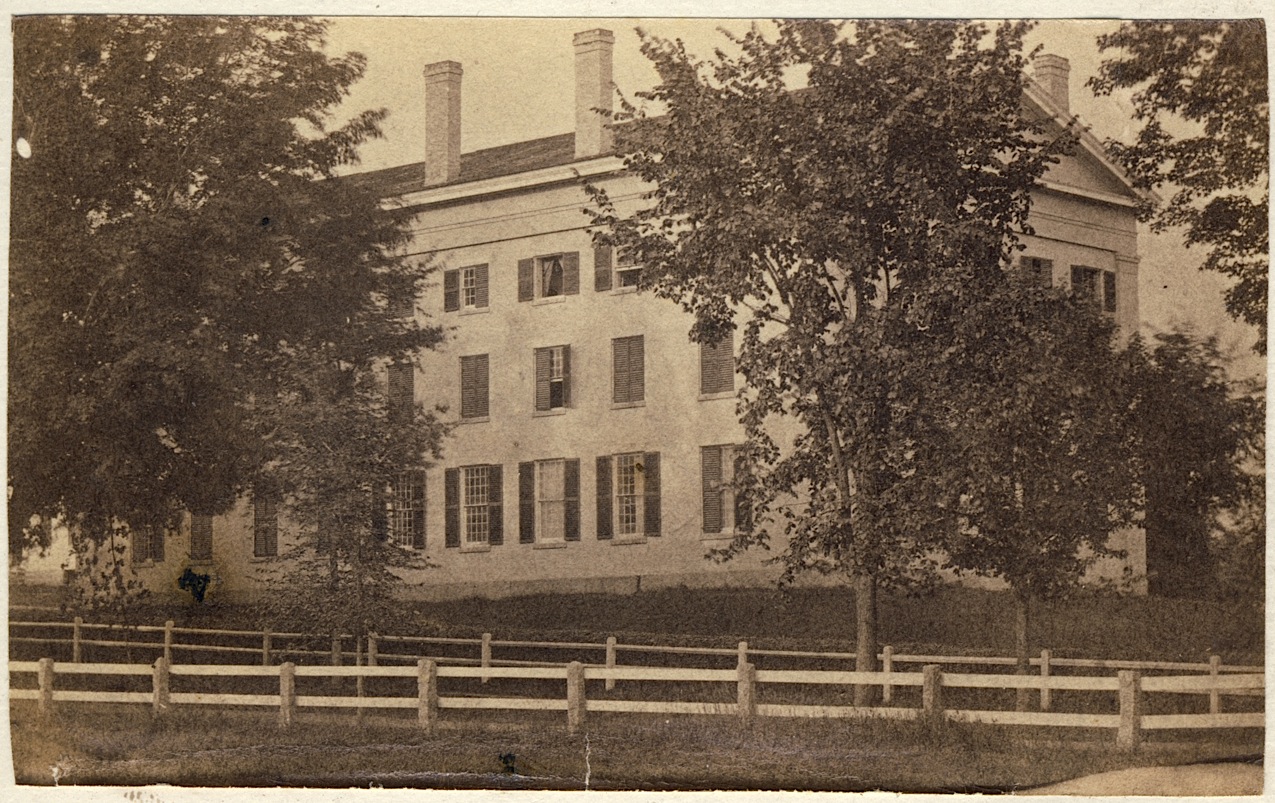Dartmouth is fortunate that its “old main” and the buildings surrounding it in the original core of the campus have not been turned into a purely administrative headquarters. The four buildings of Dartmouth Row are the home to frequently-used classrooms and offices, including those of the departments of Classics and languages.
But could Dartmouth Row be used for something else? Could it be put to a more exciting purpose? Could the upper levels of Dartmouth Hall, or of all of the buildings in Dartmouth Row, be reconfigured as traditional dormitory space?
After decades of neglecting the original student rooms that line its Jefferson-designed Lawn, the University of Virginia created a competitive application process during the 1950s. The move invigorated the Lawn, and now living on the Lawn creates a membership in a sort of honor society. Some of the rooms are reserved for residents chosen by particular organizations.

Students have never lived in the current Dartmouth Hall, but they roomed in its predecessor from 1784 to 1904. The building also held classrooms the whole time, and after 1895 student rooms were limited to the top floor. Students also lived in Wentworth and Thornton Halls beginning in 1829. Although Wentworth became all-academic in 1871, Thornton became all-residential in 1898 before switching to classrooms in 1912.
Finally, Reed Hall housed students in its third level from its opening (1840) and later installed students in its second level (1885) and first level (1904). Subsequent remodelings turned Reed into an all-academic building.
The college could convert the top two levels of Dartmouth Hall into a dormitory. The ground-level and basement-level classrooms, including 105 Dartmouth, would stay; the department offices would move, perhaps into an expanded Bartlett Hall or to a building projected for the west side of Berry Row.
Why do this? The change would return some life to the Green, and it would open up new housing right at the center of campus. Putting the school’s iconic building to a traditional use would provide a model for mixing academic and residential life on other parts of campus. The group of students allowed to live in Dartmouth Hall would be an exclusive crowd; if it seemed too much like a clique, then the entire row could be made into a dormitory cluster, with classrooms on the ground level.
Don’t hold your breath. My guess is that it would cost too much to bring this building into compliance with residence-related building code provisions. Before getting to that, it’s hard to imagine the faculty giving up office space.